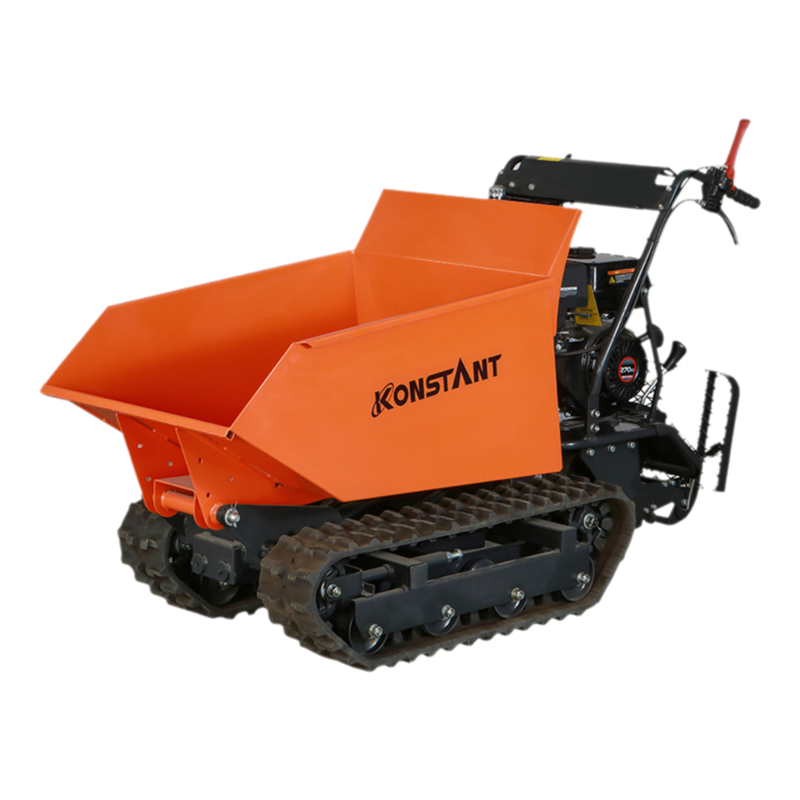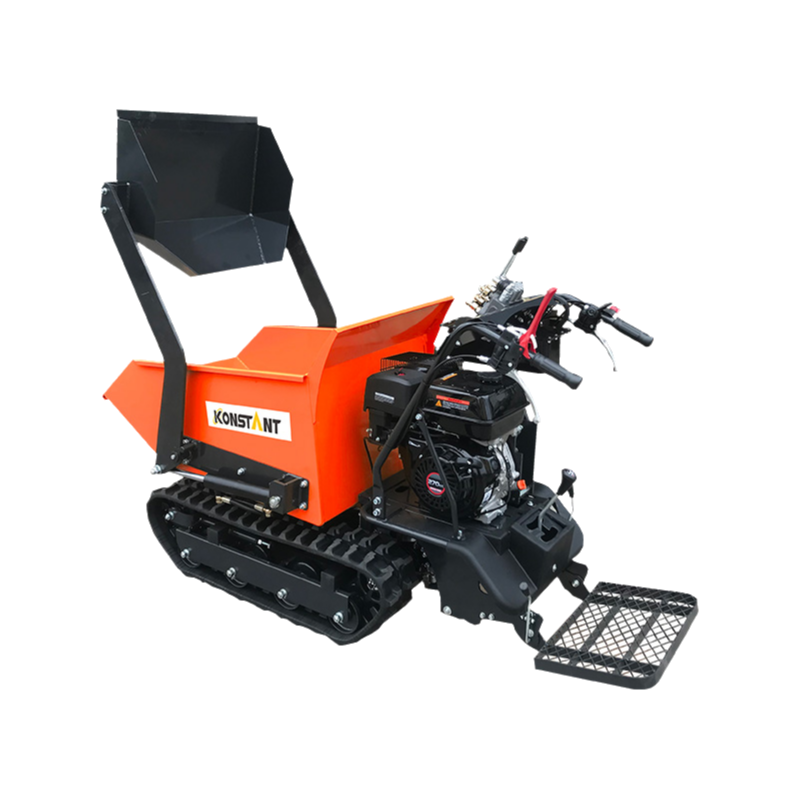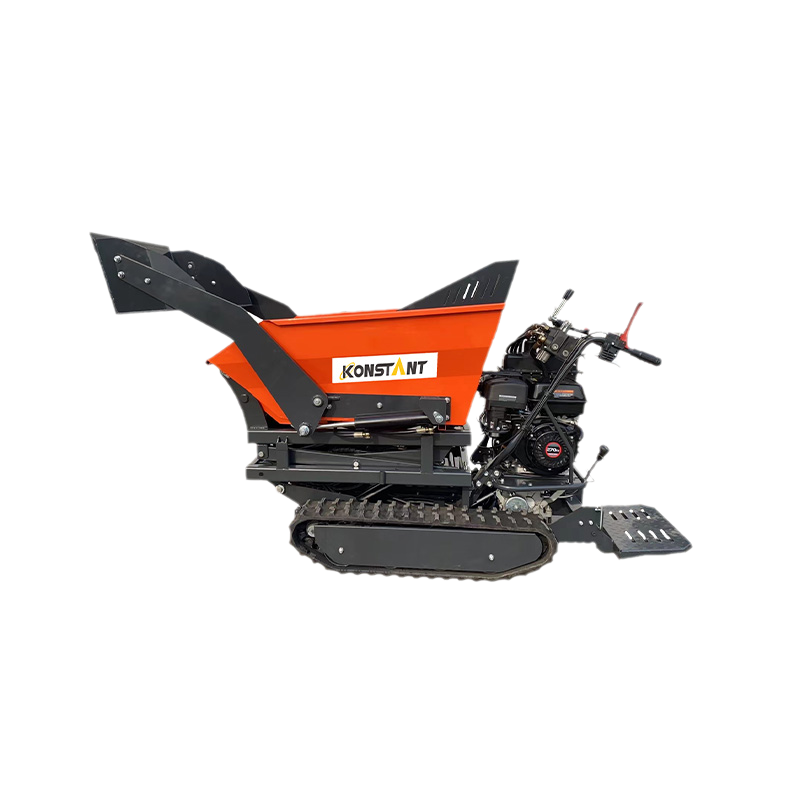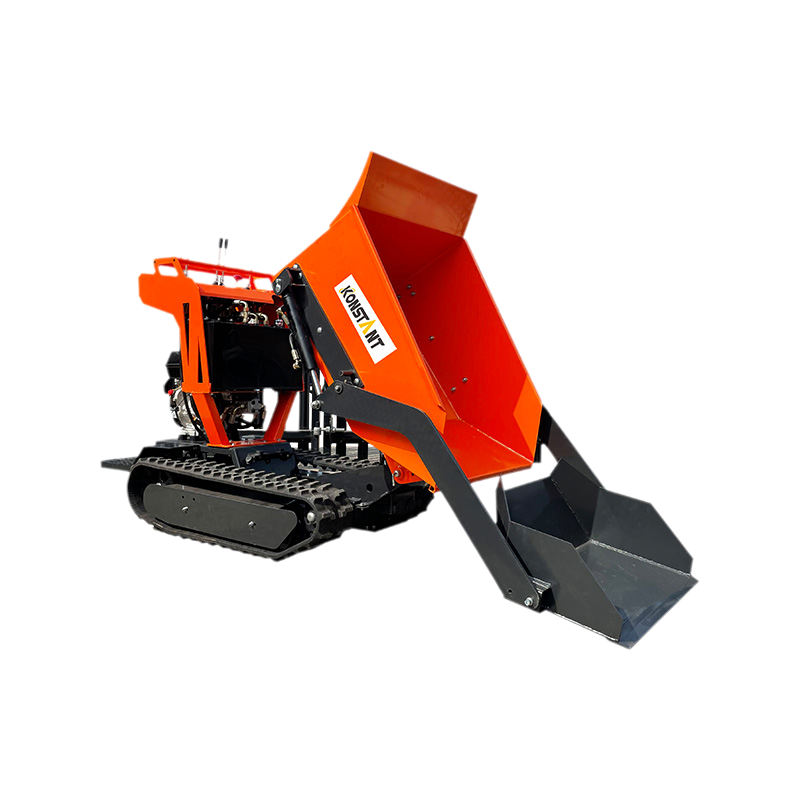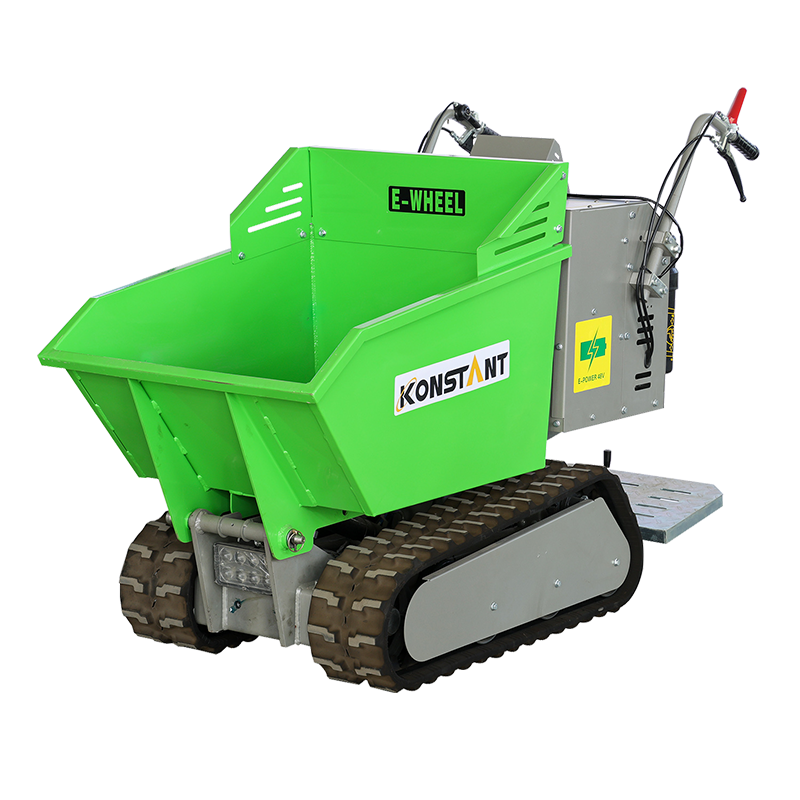Provide you with the latest enterprise and industry news
How Do Motor Wheelbarrow Manufacturers Shape Agriculture and Industry
Posted by Admin
Motor Wheelbarrow Manufacturer vs Traditional Equipment Suppliers
When comparing a Motor Wheelbarrow Manufacturer to traditional equipment suppliers, it becomes clear that both approaches serve unique purposes in the construction and landscaping industries. Each pathway offers its own set of values, and understanding the differences can help buyers, contractors, and businesses make informed decisions.
Direct Manufacturing Approach
A motor wheelbarrow producer typically focuses on developing specialized machinery with consistent design, production oversight, and gradual technical improvements. By controlling the entire creation process, manufacturers are able to emphasize product stability, usability, and innovation that meets the specific demands of end users. This direct approach also allows for clear communication between the producer and the client, enabling better alignment with operational requirements.
Traditional Equipment Supply Chains
On the other side, conventional suppliers often act as intermediaries. They may not be directly involved in the creation process but instead gather products from various factories. These suppliers provide accessibility to a wide range of equipment under one roof, which can be appealing for customers looking for diverse solutions. However, this model sometimes limits customization and technical support since the connection to the original maker can be indirect.
Customization and Flexibility
When dealing with a manufacturer, there is often a greater possibility of tailoring machinery to meet specific project needs. Adjustments in design, configuration, or operation can sometimes be arranged directly through the production team. In contrast, equipment distributors may prioritize offering ready-made items that are already standardized, limiting the degree of flexibility available to the end user.
Service and Support Considerations
Support is another key factor in the comparison. Direct communication with a manufacturer may enable more detailed technical guidance and a deeper understanding of how the machine is designed to function. Traditional suppliers, on the other hand, often provide general service, which is useful but may not offer the same depth of technical insights. That said, suppliers do often maintain stock availability, ensuring faster delivery times in many regions.
Cost Structures and Value
Pricing strategies differ as well. A manufacturer sets costs based on production expenses, materials, and innovation processes, while a supplier adds distribution and handling layers to the price. This means that buyers must weigh whether they prefer direct manufacturing value or the convenience of a supply chain network. Each route can be appropriate depending on budget considerations and project scale.
Industry Trends and Sustainability
Modern construction and agricultural industries are increasingly attentive to environmental concerns. Motorized wheelbarrow manufacturers have responded with designs that align with energy-conscious operations, offering alternatives to conventional manual handling. Suppliers also play a role in distributing such models, though their role is mainly logistical. As sustainability becomes more prominent, both channels will continue evolving, but direct manufacturers may have more influence on shaping long-term innovations.
Future Innovations from Motor Wheelbarrow Manufacturer Solutions
The role of a motor wheelbarrow manufacturer has evolved alongside changes in construction, landscaping, and agricultural activities. What was once considered a simple tool has now become an essential piece of equipment for both professionals and homeowners. As industries demand safer, more efficient, and environmentally responsible solutions, manufacturers are exploring new directions that combine technology with practical applications.
Shaping Modern Equipment for Everyday Tasks
Future designs are expected to move beyond basic transport functions. Manufacturers are experimenting with ways to make machines more adaptable, offering flexibility in diverse settings such as farms, building sites, and gardens. A greater focus on user comfort, safety, and ease of control continues to influence innovations.
These changes are not limited to performance improvements. They also include a thoughtful approach to design aesthetics, ergonomics, and sustainability. By adapting to the expectations of different sectors, manufacturers are ensuring that the equipment remains relevant in both small-scale and commercial environments.
Technology Integration and Smart Features
A growing trend is the integration of digital components. Sensors, automated controls, and connectivity features are increasingly being discussed as possible additions. With such innovations, operators may gain real-time feedback about terrain, load, and operation, creating safer and more predictable outcomes.
In the future, these enhancements could help reduce fatigue for users, streamline operations, and ensure consistency across various tasks. While still at an early stage, the idea of combining traditional mechanical equipment with modern technology offers exciting possibilities.
Sustainability in Design and Manufacturing
Environmental awareness is shaping the direction of production. Manufacturers are studying ways to reduce material waste, improve energy efficiency, and extend the lifespan of their equipment. This includes adopting durable materials, rethinking energy consumption, and creating modular components that are easier to maintain or replace.
The shift toward sustainability is not just about compliance with regulations but also about aligning with broader global priorities. For industries such as agriculture, where ecological responsibility is becoming increasingly important, these changes offer clear benefits.
Applications Across Industries
The versatility of motor wheelbarrows means they are used in multiple areas. Below is a simplified table highlighting examples of industries and their potential focus for future solutions:
| Industry | Focus of Innovation | Potential Benefits |
|---|---|---|
| Agriculture | Ergonomic handling, eco-conscious designs | Reduced strain, better environmental balance |
| Construction | Smarter load management | Safer and more efficient site operations |
| Landscaping | Flexible maneuverability | Easier navigation in complex terrains |
| Household Use | Compact and user-friendly models | Accessibility for smaller-scale tasks |
This variety illustrates why future-oriented solutions must address different expectations. What works for a large construction project may not be suitable for a family garden, and manufacturers are aware of these contrasts.
Outlook for the Future
The ongoing journey of innovation is not about replacing tradition but about refining it. A motor wheelbarrow manufacturer may soon provide equipment that combines practicality with advanced features, offering users tools that adapt to both modern and traditional needs.
Looking ahead, the sector is expected to continue expanding in both global and regional markets. With increasing demand for reliability, sustainability, and efficiency, the innovations in this field will likely shape how various industries transport and manage materials in the years to come.
How Motor Wheelbarrow Manufacturer Supports Sustainable Agriculture
In today's agricultural landscape, sustainability has become an essential consideration for farmers, suppliers, and equipment producers alike. A motor wheelbarrow manufacturer plays a vital role in this shift by designing tools that align with eco-conscious practices. These efforts are not limited to energy efficiency but extend into material selection, durability, and supporting farming methods that reduce environmental impact.
Enhancing Farm Efficiency with Responsible Solutions
One way manufacturers contribute to sustainability is by providing equipment that streamlines the movement of soil, crops, and farming supplies. By reducing manual strain and making transport more manageable, these machines help farmers optimize their time and resources. Greater efficiency in daily operations allows more attention to be given to soil management, crop care, and conservation practices.
This balance between human effort and mechanized assistance is essential in reducing over-reliance on heavy machinery while still supporting productivity. As farms vary in size and need, adaptable designs ensure that motor wheelbarrows remain practical in diverse agricultural settings.
Sustainable Design Choices
The concept of sustainability extends beyond field use. In production, manufacturers increasingly adopt methods that minimize waste, conserve energy, and explore recycled or longer-lasting materials. A focus on extending the operational lifespan of equipment also reduces the need for frequent replacements, which in turn lessens resource consumption.
These measures support circular practices where products are not only designed for immediate function but also for repairability and long-term usability. By doing so, manufacturers contribute to reducing the overall environmental footprint of agriculture-related equipment.
Supporting Soil Health and Crop Care
In agricultural systems, soil condition is directly linked to long-term sustainability. Equipment that allows for efficient yet gentle handling of soil and crops indirectly supports healthier fields. For example, transporting organic fertilizers, compost, or harvested produce with reduced disruption to the environment contributes to more balanced farming practices.
Motor wheelbarrows, when used responsibly, can also reduce the need for larger machinery that may compact soil or damage delicate growing areas. This makes them valuable tools for smaller farms and sustainable agriculture projects that prioritize soil preservation.
Adaptability Across Different Farming Practices
The role of these machines extends across various forms of farming, from organic operations to greenhouse cultivation. Their adaptability ensures that they can serve multiple purposes, whether it is moving compost, transporting seedlings, or handling harvests.
This versatility supports farmers in adopting more diversified and sustainable practices without requiring significant investments in multiple specialized machines. For many, the ability to integrate one tool into several processes encourages more thoughtful and resource-conscious farming.
Broader Impact on Sustainable Agriculture
The connection between motor wheelbarrow production and sustainability is part of a larger movement within agriculture. Manufacturers are not simply creating machines; they are contributing to a network of practices that prioritize ecological balance, resource conservation, and long-term productivity.
By aligning their goals with the needs of farmers and environmental considerations, these producers play an active role in shaping how agriculture evolves. As awareness of sustainable farming practices continues to grow, equipment designed with responsibility in mind will become increasingly significant.
Sustainable agriculture depends on collaboration between farmers, equipment producers, and broader industry initiatives. A motor wheelbarrow manufacturer contributes to this shift by focusing on design, durability, adaptability, and eco-conscious practices. These efforts not only support immediate agricultural needs but also align with the long-term goals of maintaining healthy soils, productive harvests, and balanced ecosystems.

 English
English русский
русский Français
Français Español
Español Deutsch
Deutsch



